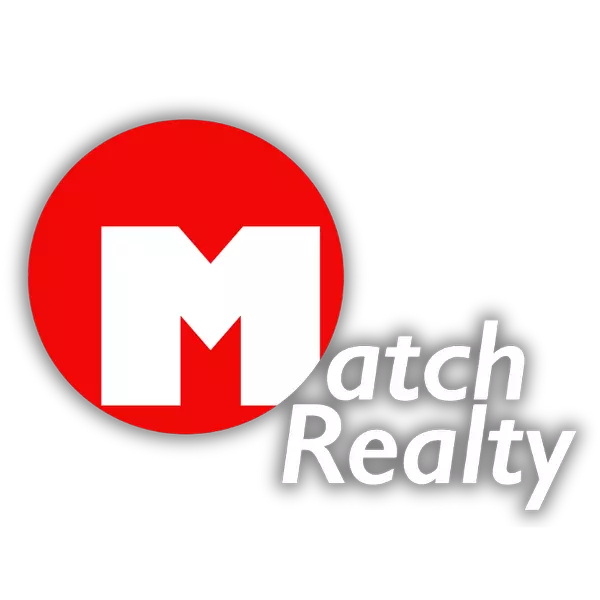How Mixed-Use Spaces Are Transforming Suburban Detroit
Suburban Detroit has long been known for its quiet neighborhoods, shopping centers, and commuter lifestyle. But in recent years, a new trend has been reshaping the suburbs—mixed-use developments. By blending residential, retail, dining, and office spaces into one cohesive environment, these projects are redefining how Metro Detroiters live, work, and play.
What Are Mixed-Use Spaces?
Mixed-use spaces combine multiple functions—such as housing, retail, and recreation—within a single development or district. Instead of driving to different areas for work, errands, and entertainment, residents have everything within walking distance. This approach emphasizes walkability, convenience, and community connection.
In suburban Detroit, this trend is gaining traction as developers respond to changing lifestyle demands, especially from younger buyers and professionals who want urban conveniences without leaving the suburbs.
Why Suburban Detroit?
While Detroit’s downtown and Midtown areas have seen a surge in redevelopment, the suburbs are catching up. Communities like Royal Oak, Birmingham, Novi, and Ferndale are leading the way with projects that integrate housing with retail, restaurants, and offices.
Several factors are fueling this transformation:
- Demand for walkability: Suburban residents increasingly want amenities close by rather than relying solely on cars.
- Shifting demographics: Millennials and Gen Z professionals are seeking vibrant, connected communities.
- Economic growth: Businesses are drawn to these spaces for the built-in customer base and steady foot traffic.
Examples of Mixed-Use Success
Some of the most notable developments reshaping suburban Detroit include:
- Royal Oak’s Downtown: With apartments above retail shops, co-working spaces, and a thriving dining scene, Royal Oak embodies the walkable mixed-use model.
- The District in Novi: A large-scale development blending luxury apartments with shopping, dining, and entertainment venues.
- Downtown Ferndale Projects: Recent investments are creating more housing options while expanding retail and restaurant offerings, all within a pedestrian-friendly core.
The Benefits for Homeowners and Investors
Mixed-use developments offer unique opportunities for both residents and investors:
- Convenience: Living within walking distance to restaurants, coffee shops, and gyms adds value and quality of life.
- Property Value Growth: Homes near walkable districts often see higher appreciation rates.
- Vibrancy: These spaces foster a sense of community, drawing both younger professionals and established families.
- Resilience: A mix of businesses, offices, and housing helps stabilize local economies even during downturns.
What This Means for the Future
As more suburban Detroit communities embrace mixed-use planning, expect to see more walkable districts with thriving local economies. For residents, this means more choices for where—and how—you live. For investors, mixed-use neighborhoods offer strong potential for growth and long-term stability.
The shift toward mixed-use isn’t just a real estate trend—it’s a lifestyle transformation that is redefining suburban Detroit. By blending the best of urban energy with suburban convenience, these developments are shaping the future of the region.
✅ Pro Tip: If you’re considering a move or an investment, look at communities like Royal Oak, Ferndale, or Novi—areas where mixed-use projects are already underway and driving demand.
Categories
- All Blogs (337)
- Down Payment Assistance (1)
- Instagram (1)
- Match Realty Listings (6)
- Metro Detroit (104)
- Metro Detroit Condos (8)
- Metro Detroit Counties (2)
- METRO DETROIT REAL ESTATE GUIDE (113)
- METRO DETROIT REAL ESTATE STORY (66)
- Neighborhoods (12)
- NEWS (2)
- Real Estate Investing (6)
- Top 5 Detroit (1)
- TOP METRO DETROIT'S (26)
Recent Posts










GET MORE INFORMATION

